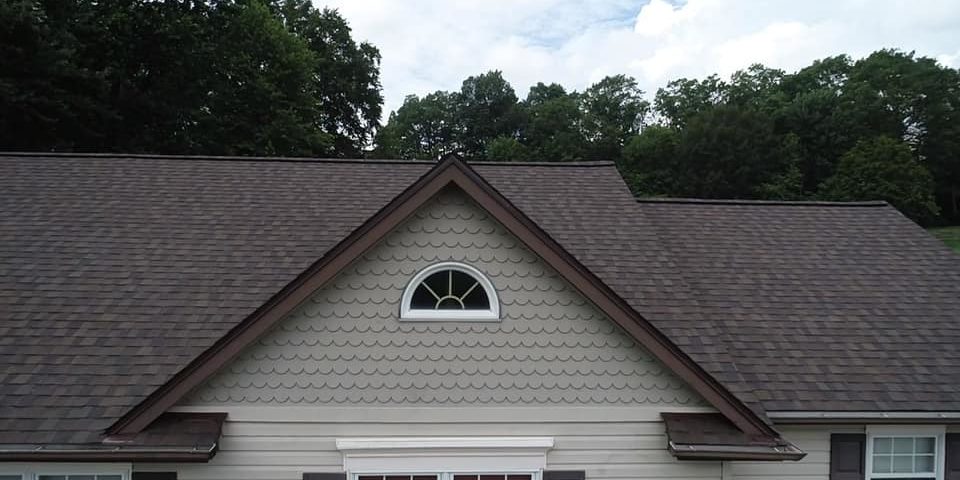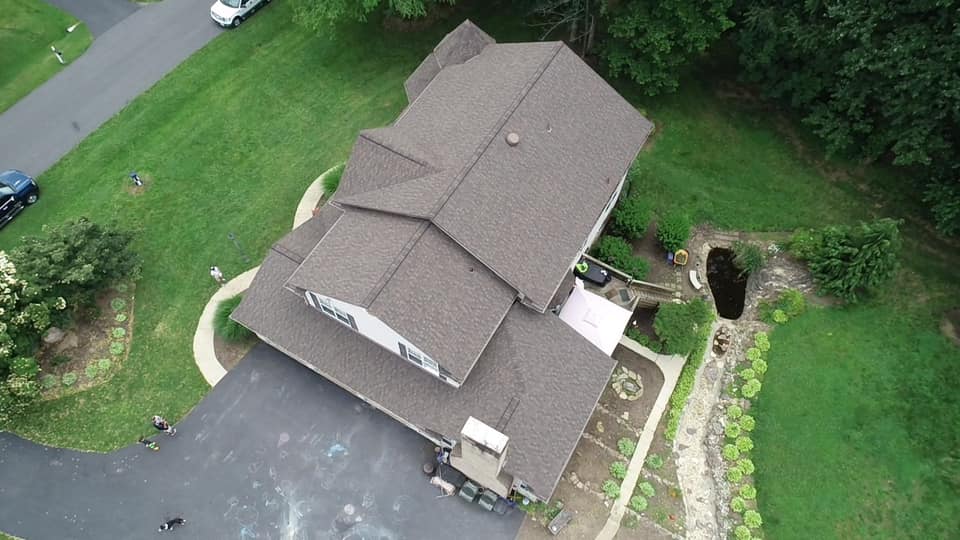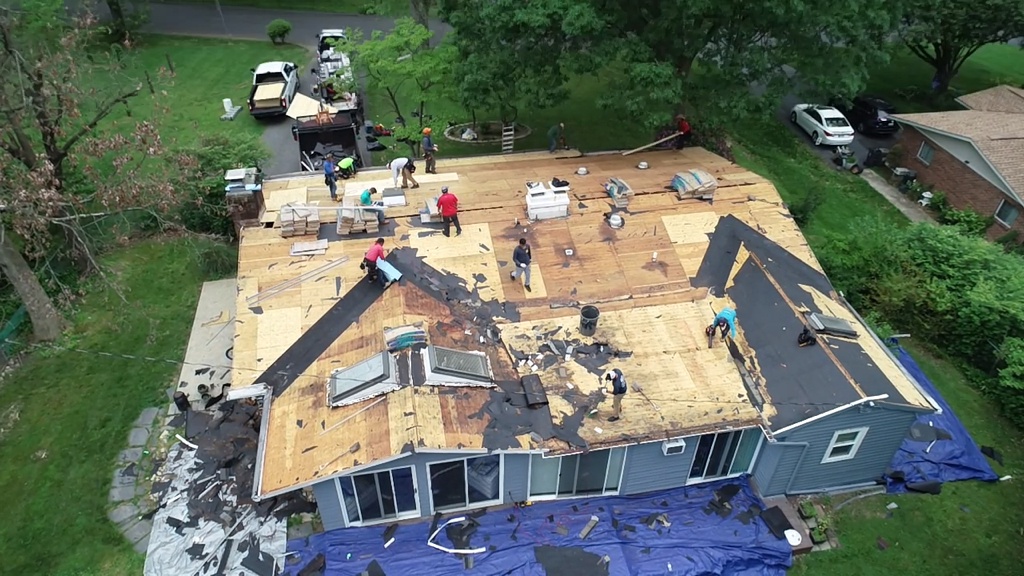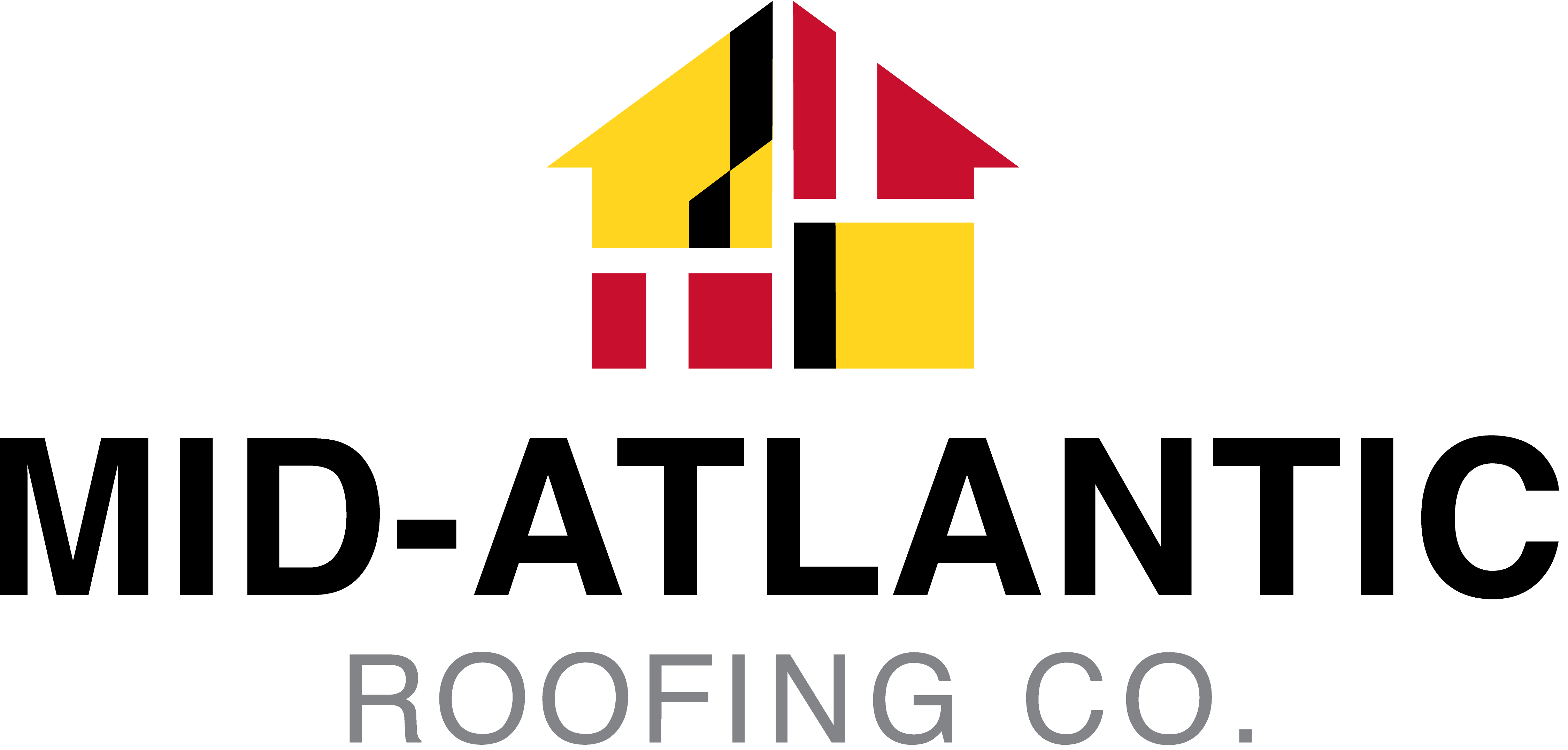Roof Re-Decking

The common choice
In order for a roof structure to be sound, decking, or structural roof sheathing, must be installed. It provides strength and stability to the roof rafters, while enhancing the performance of other roof components such as insulation and waterproofing.
When should you replace your decking?
Needing re-decking can be identified by several signs, including moldy smells, wet walls, and recurring leaks during storms. If your contractor discovers that the decking is rotten, covered in black mold, or extensively damaged by water, replacement will be necessary. Generally, only the sections exhibiting these conditions require replacement, rather than the entire decking.
If you notice wet spots on your ceiling, stains on interior walls, water stains on your rafters, or a sagging roofline, there is a strong possibility that you have rotted roof decking that requires attention.

Re-Decking Materials

Roof decking is typically made of one of four materials: Oriented Strand Board (OSB), plywood, and plank sheathing. OSB is the most commonly used material due to its durability, availability, and affordability. Plywood follows similar installation methods as OSB. Plank sheathing, although less common, is used for specific roof types like wood shakes and features spaced wood planks.
